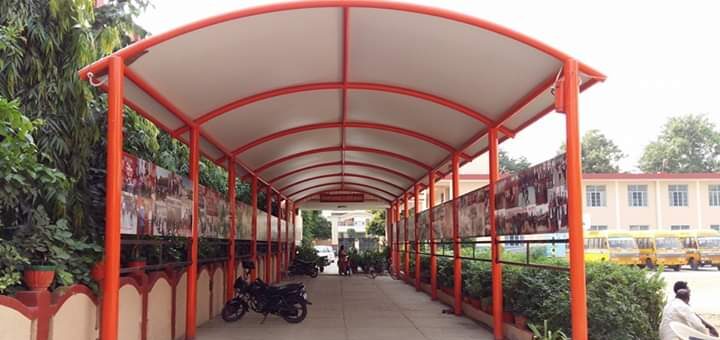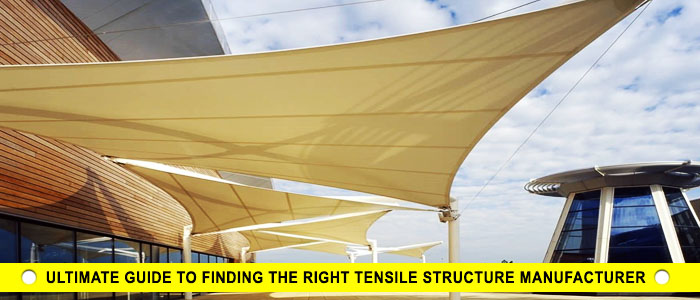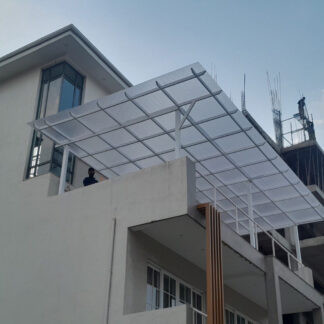Why Does Concrete Have Low Tensile Strength
December 14, 2025 By admin

Why Does Concrete Have Low Tensile Strength? Causes & Improvement Tips
The construction material with the widest use is concrete, as it is powerful in terms of compressive strength and durability. But it possesses a major drawback, which is low tensile strength. This renders it susceptible to fracture when bent or stretched. In this blog, we are going to investigate:
- The reason concrete has low tensile strength
- The ways through which engineers surmount this limitation
- How tensile structure manufacturers can benefit concrete performance
The reason behind the low tensile strength of concrete. The concrete is stiff in compression, but in tension, it is weak due to its brittle character. Here’s why:
- Weak structure of material: Brittle. Concrete consists of cement, sand, and aggregates cemented in a stiff foundation. Micro-cracks have been produced, and their propagation is rapid when the material is placed under tension, causing failure.
- Inflexibility: Concrete, unlike metals or polymers, cannot, under an applied stress, deform plastically. Beyond the tensile strength, it breaks drastically when the stress exceeds it (usually 10 percent of the compressive strength).
- Internal micro-cracks: There are small cracks in the concrete matrix even prior to the loading. These cracks are extended due to the tensile forces, resulting in structural failure.
The Tensile Strength of Concrete—How to Improve It
There are various ways through which engineers can increase the tensile resistance capacity of the concrete:
- Rebar (Steel Reinforcement): The most widespread remedy—the steel bars (rebar)—are inserted in concrete. Whilst steel is good at carrying tension, concrete is good at carrying compression.
- FRC—Fiber-Reinforced Concrete: The incorporation of fibers (steel, glass, or synthetic) is an improvement in crack resistance. Applied to tension-designed car parking structures or industrial floors.
- Prestressed Concrete: Steel cables in the concrete before loading, pre-tensioning, or post-tensioning. Induces compression in the concrete, thereby relieving tensile loads.
- UHPC (& HPC): Ultra-High-Performance Concrete (UHPC) strengths are derived from high tensile strength because of using fine particles and fibers.
- Hybrid Structures & Tensile Structures: Manufacturers of tensile structures (such as Global Tensiles) use a combination of concrete and tensile material (fabric, steel cables) to create lightweight yet long-lasting designs. Applied in bridges, stadium structures, and tensile car parking shades.
The Uses of Improved Tensile Strength in Concrete
- Bridges & Highways: Prestressed concrete beams are used so that cracking is avoided.
- Tensile Car Parking: It is a lightweight yet strong roofing with the use of tensile membranes.
- High-Rise Buildings: Wind and earthquake loads are resisted by the reinforced concrete cores.
- Shell Structures & Domes: Thick-shell concrete and steel reinforcement.
Conclusion
Although concrete has low natural tensile strength, through modern engineering techniques—such as reinforcement, fibers, and tensile structures—it has become very useful for many difficult applications. Firms that are advanced units of getting technology to the next level are Global Tensiles, which has expertise in the cutting-edge systems and techniques to increase the strength of the structures that have to bear heavy tension. By learning these techniques, analysts can build solid, sturdier concrete structures that can tolerate both compression and tension.






